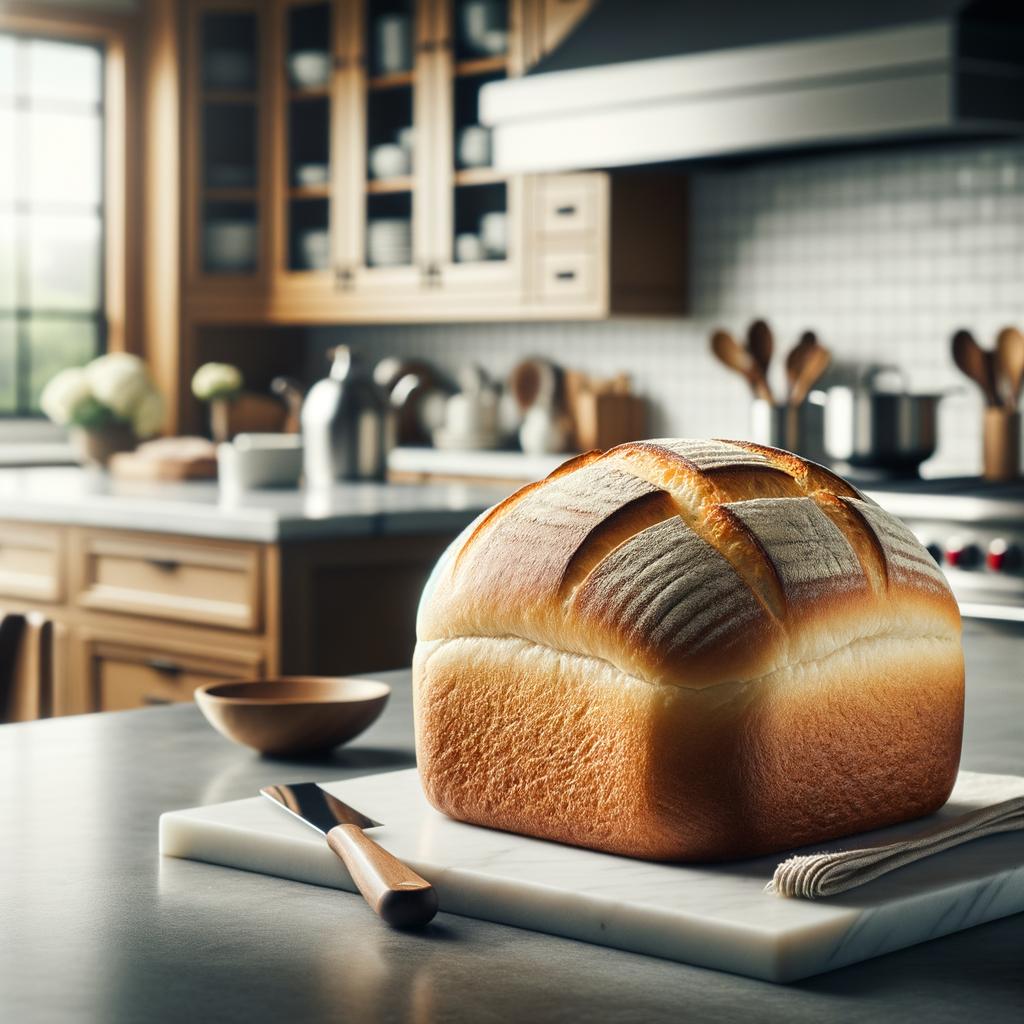Japanese White Bread

Description
Japanese white bread, also known as "Hokkaido milk bread" or "Shokupan," is a staple in every Japanese household. This bread is characterized by its soft, pillowy texture and pure, snowy white appearance. It has a slightly sweet flavor, with a hint of creaminess, thanks to the milk added into the dough. The crust is thin and tender, adding a delicate crunch to each bite. The bread's unique texture is a result of the "Tangzhong" method, where a portion of the flour and liquid is cooked together to form a roux before being mixed with the rest of the ingredients. This process sets Shokupan apart from other types of bread, giving it a moist, fluffy quality that is unmistakably Japanese.
Primary Uses
Shokupan is incredibly versatile. In Japan, it is commonly used for breakfast toast, slathered with butter or a sweet red bean paste. It's also the bread of choice for making "Katsu sando," a popular sandwich filled with breaded, fried pork cutlet. Outside of the kitchen, Shokupan also holds a special place in Japanese culture. It is often used in the traditional Japanese New Year's decoration "Kagami mochi," symbolizing prosperity and good luck for the coming year.
History
Shokupan's history began in the late 19th century, during Japan's Meiji era. At that time, Japan was rapidly westernizing, and bread was introduced as a new form of sustenance. The Japanese took this foreign concept and made it their own, resulting in the creation of Shokupan. It was initially a luxury item, but after World War II, bread consumption in Japan increased dramatically, and Shokupan became a household staple. There's a romantic story that the name "Shokupan" came from the phrase "pan for everyone," reflecting its widespread popularity.
Nutritional Information
Shokupan is a good source of carbohydrates, providing energy for your daily activities. It also contains some protein, thanks to the milk and flour, and is low in fat. However, it's important to note that Shokupan is made with white flour, so it doesn't have as much fiber as whole grain bread. Nevertheless, its delightful taste and texture make it a beloved part of Japanese cuisine. The key is to enjoy it as part of a balanced diet, paired with nutrient-rich foods.

